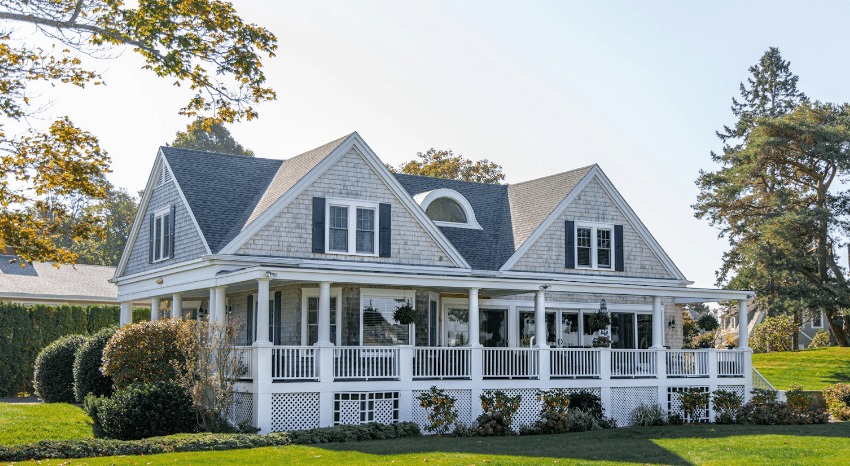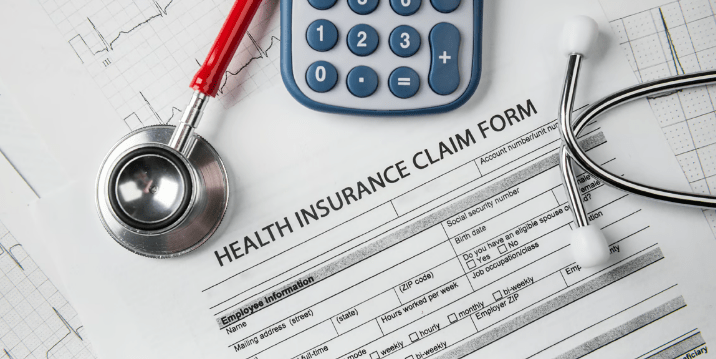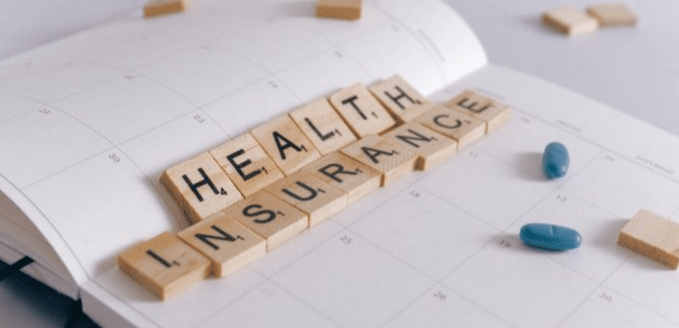Home insurance is one of the most crucial safety nets for homeowners. It protects against financial losses from various unforeseen events that could damage or destroy a home. However, understanding what exactly is covered under a standard home insurance policy can be complex, as different types of disasters fall under different coverage terms. Some natural disasters or “perils” are generally included in standard policies, while others require additional coverage. In this article, we will explore which disasters are typically covered by home insurance, which are not, and how you can ensure your home is adequately protected.
Understanding the Structure of Home Insurance
Before diving into the specific disasters covered by home insurance, it’s important to understand the typical structure of a homeowners insurance policy. A standard policy generally consists of four key parts:
- Dwelling coverage – This part covers the physical structure of your home, including the walls, roof, and built-in appliances.
- Other structures coverage – This applies to other buildings on your property, such as garages, sheds, or fences.
- Personal property coverage – This covers your personal belongings, such as furniture, electronics, and clothing, whether they’re in the house or temporarily elsewhere.
- Liability protection – This helps cover legal expenses and damages if someone is injured on your property or if you accidentally cause damage to someone else’s property.
Disasters Typically Covered by Home Insurance
A standard homeowners insurance policy usually covers a range of disasters or perils. The following is a breakdown of common disasters that are generally included in most policies:
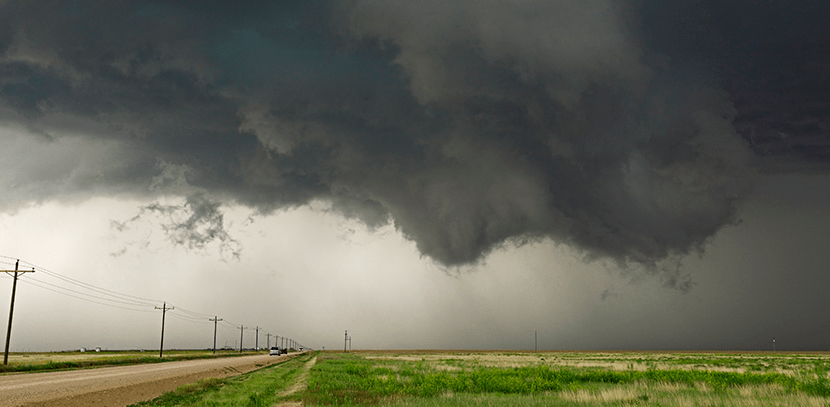
1. Fire and Smoke Damage
Fire and smoke damage is one of the most common disasters covered by home insurance. Whether the fire is caused by an electrical issue, a kitchen accident, or a lightning strike, most insurance policies cover the cost of repairing or rebuilding the home and replacing personal property damaged by the fire. Smoke damage, even if there was no actual fire in your home, is also typically covered.
2. Windstorms and Hail
Windstorms, including hurricanes, tornadoes, and strong winds, are often included in standard homeowners insurance policies. Wind can cause significant damage to roofs, windows, and siding, and may even lead to the destruction of the entire structure. Hail, which can damage roofs, windows, and other property, is also typically covered. However, for homes in high-risk areas (such as hurricane-prone regions), insurers may require homeowners to purchase additional coverage or impose higher deductibles.
3. Lightning Strikes
Damage caused by lightning strikes, such as fires, power surges, or direct structural damage, is usually covered by home insurance. This includes both the cost to repair structural damage and any damage to appliances or electronics caused by the power surge from the lightning.
4. Water Damage from Burst Pipes
While not all water-related disasters are covered (more on that later), water damage resulting from burst pipes, accidental overflows from plumbing, and issues with household appliances like washing machines or dishwashers is typically included. It’s important to note that the coverage may not apply if the homeowner neglected basic maintenance, such as failing to insulate pipes in freezing conditions.
5. Vandalism and Theft
Homeowners insurance usually protects against intentional damage caused by vandalism, such as graffiti or broken windows. Similarly, it covers losses resulting from theft or burglary, whether items are stolen from within the home or even from a vehicle parked on the property. Personal property coverage usually applies to both instances, with limits varying based on the value of the stolen items.
6. Falling Objects
Damage from falling objects, such as a tree falling onto the house or debris from an aircraft, is typically covered by home insurance. This can include damage to the roof, siding, or other parts of the home, as well as any damage to personal property inside.
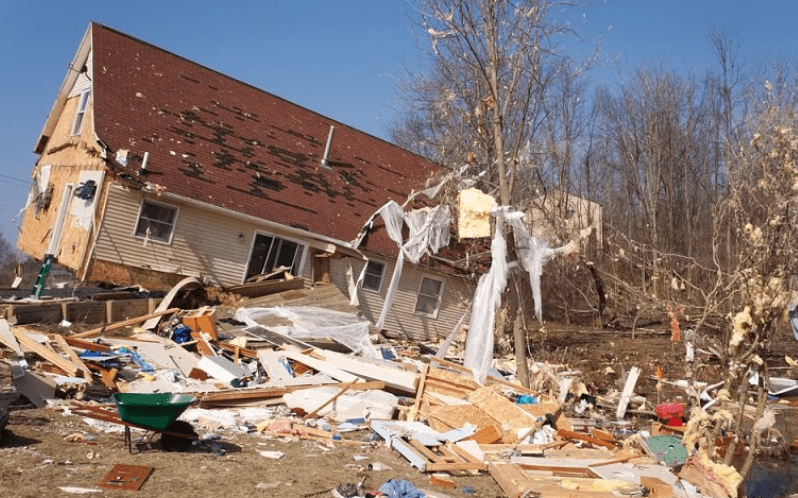
7. Explosions
Explosions, though rare, are covered by most homeowners insurance policies. This includes explosions from gas leaks, faulty appliances, or external events such as an explosion at a nearby facility.
8. Damage from Civil Disturbances
In the case of riots, protests, or other civil disturbances that result in damage to a home, most standard home insurance policies provide coverage. This can include damage from looting, fires, or vandalism during such events.
Disasters Typically Not Covered by Home Insurance
While standard home insurance policies offer protection from many common disasters, there are certain perils that are usually excluded. Homeowners may need to purchase additional policies or riders to cover these risks. Below are some of the most common disasters that are not typically covered by standard homeowners insurance:
1. Flooding
Flood damage, whether from natural events like heavy rainfall, storm surges, or river overflows, is generally not covered by standard home insurance policies. To protect against flood-related losses, homeowners must purchase a separate flood insurance policy, often through the National Flood Insurance Program (NFIP) or a private insurer. Flooding can cause extensive damage, so it’s important to consider this coverage if you live in a flood-prone area.
2. Earthquakes and Other Ground Movements
Earthquakes, landslides, sinkholes, and other earth movements are typically not covered by standard home insurance policies. Homeowners in earthquake-prone areas, such as California, must purchase separate earthquake insurance to protect their property from seismic events. Similarly, coverage for sinkholes or landslides is often excluded or requires a separate rider, depending on the region.
3. Mold, Rot, and Other Maintenance-Related Issues
Damage caused by poor home maintenance, such as mold growth, rot, or infestations of pests like termites, is not covered by home insurance. These are considered preventable issues that arise due to neglect, rather than sudden, unexpected events. Homeowners are responsible for taking proactive measures to prevent these types of problems.
4. Sewer Backups
While water damage from burst pipes is typically covered, damage resulting from sewer backups or sump pump failures usually requires additional coverage. Sewer backups can cause significant damage to floors, walls, and personal property, so it’s important to consider adding an endorsement or rider to your policy if you’re concerned about this risk.
5. War and Nuclear Hazards
Home insurance policies typically exclude damage caused by war, nuclear accidents, or radiation. These events are rare but have the potential for widespread and catastrophic damage, which is why they are excluded from standard coverage.
6. Damage from Intentional Acts
Any damage that results from intentional acts committed by the homeowner or policyholder, such as arson or deliberately damaging the property, is not covered by home insurance. Insurers will deny claims where fraud or intentional harm is suspected.
Additional Coverage Options
For homeowners who live in high-risk areas or are concerned about certain exclusions in their standard policy, there are several ways to extend coverage:
1. Flood Insurance
As mentioned earlier, flood insurance is essential for those living in flood-prone areas. Policies can be purchased through the NFIP or private insurers and typically cover both the structure of the home and personal property.
2. Earthquake Insurance
Homeowners in areas prone to earthquakes should consider purchasing separate earthquake insurance. This type of policy can help cover the costs of repairing or rebuilding after an earthquake, as well as replacing personal belongings damaged in the event.
3. Sewer Backup Endorsement
Adding a sewer backup endorsement to your home insurance policy can protect against the significant damage caused by a sewer backup or sump pump failure. This relatively inexpensive addition can save thousands of dollars in repairs.
4. Scheduled Personal Property Coverage
Standard home insurance policies often have limits on how much they will pay for high-value items, such as jewelry, art, or collectibles. To ensure these items are fully covered, homeowners can add scheduled personal property coverage, which provides additional protection for specific items.
5. Umbrella Liability Insurance
While standard homeowners insurance includes liability coverage, some homeowners may want additional protection, especially if they have significant assets. Umbrella insurance provides extra liability coverage above and beyond the limits of a standard home insurance policy.
Conclusion
Home insurance provides vital protection against a wide range of disasters, from fires and windstorms to theft and vandalism. However, it’s crucial for homeowners to understand the limitations of their policies and the types of disasters that are not covered. Floods, earthquakes, and sewer backups are common exclusions that may require additional coverage.
By carefully reviewing your home insurance policy and considering your specific risks, you can ensure that your home and belongings are adequately protected against the unexpected. Whether you need to purchase additional policies or simply adjust your existing coverage, taking the time to understand your insurance options can provide peace of mind and financial security in the face of potential disasters.

